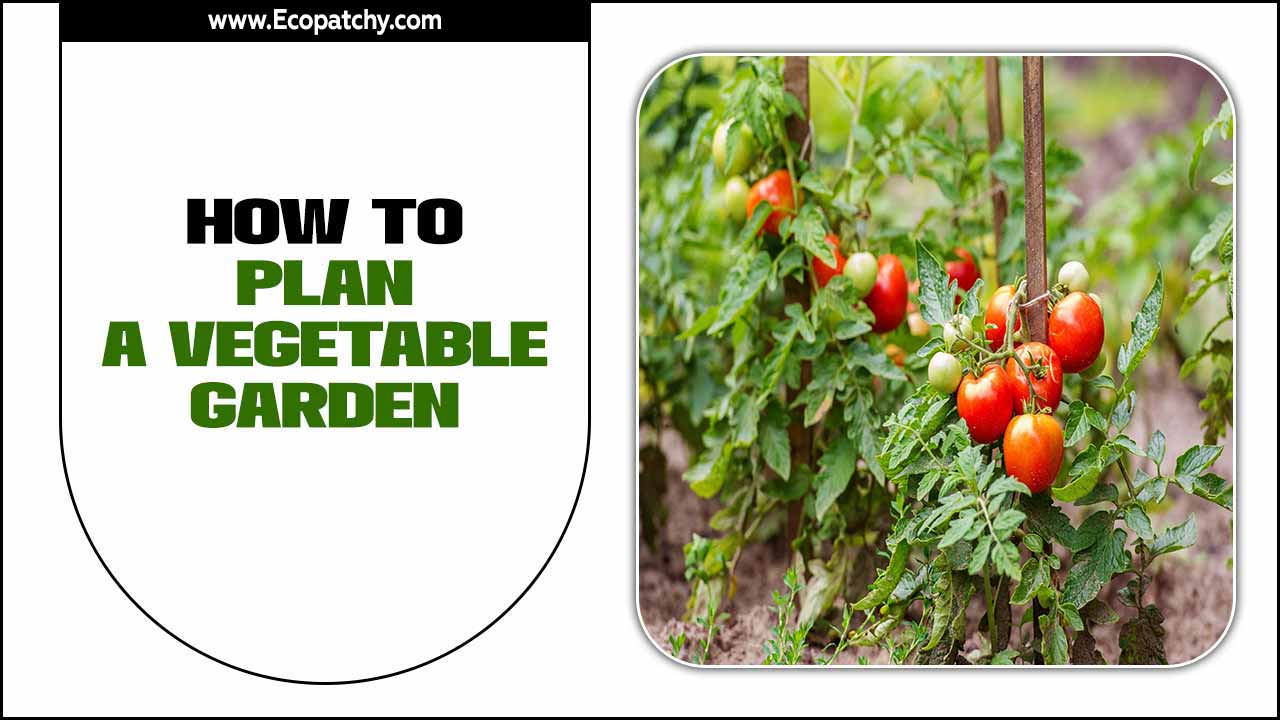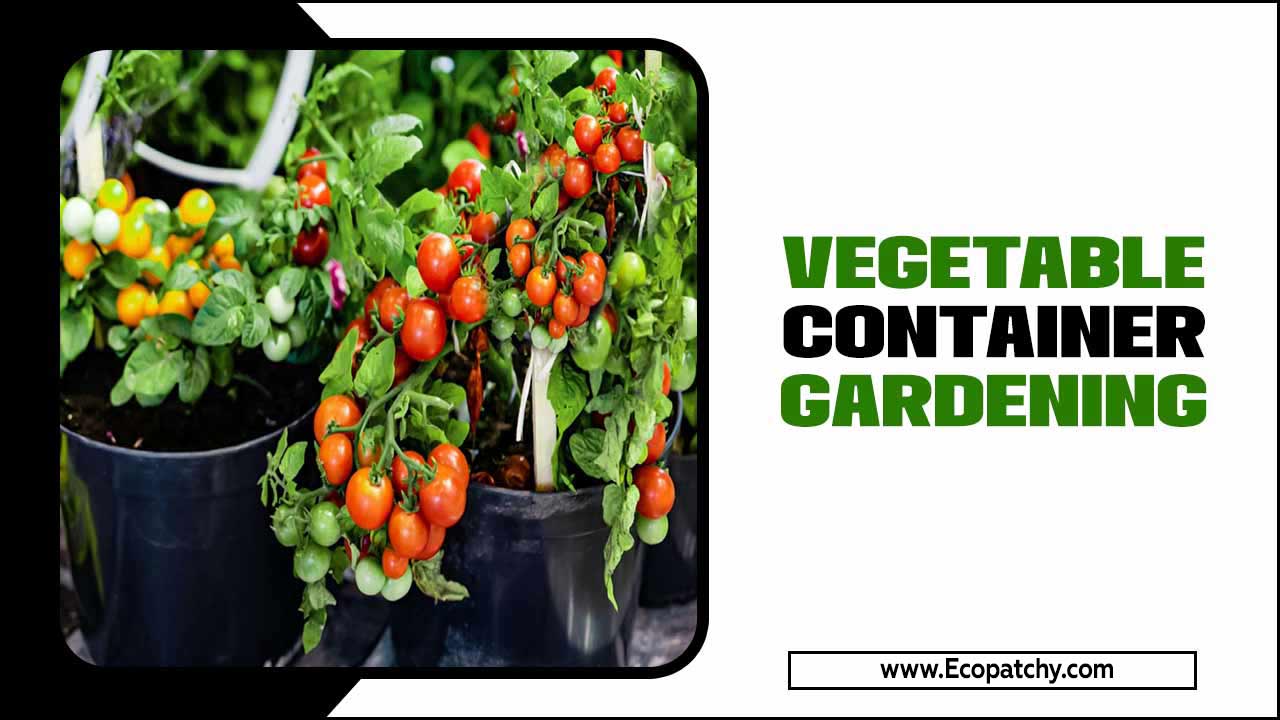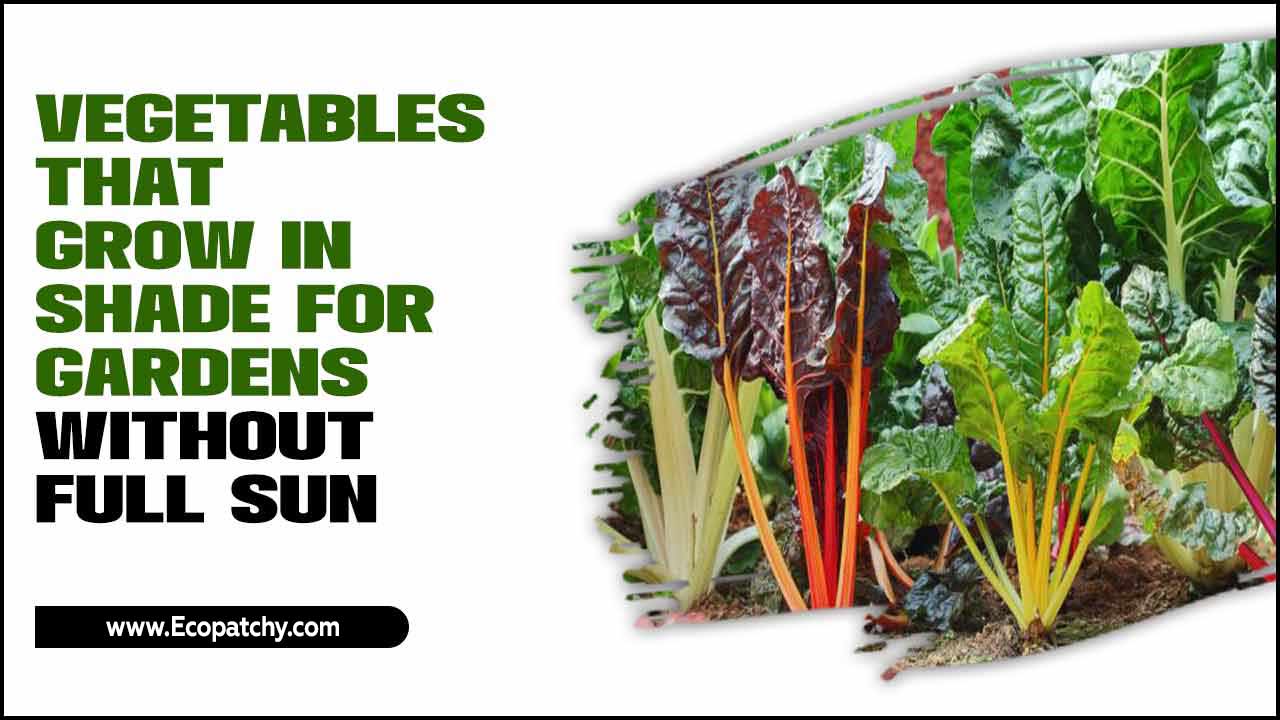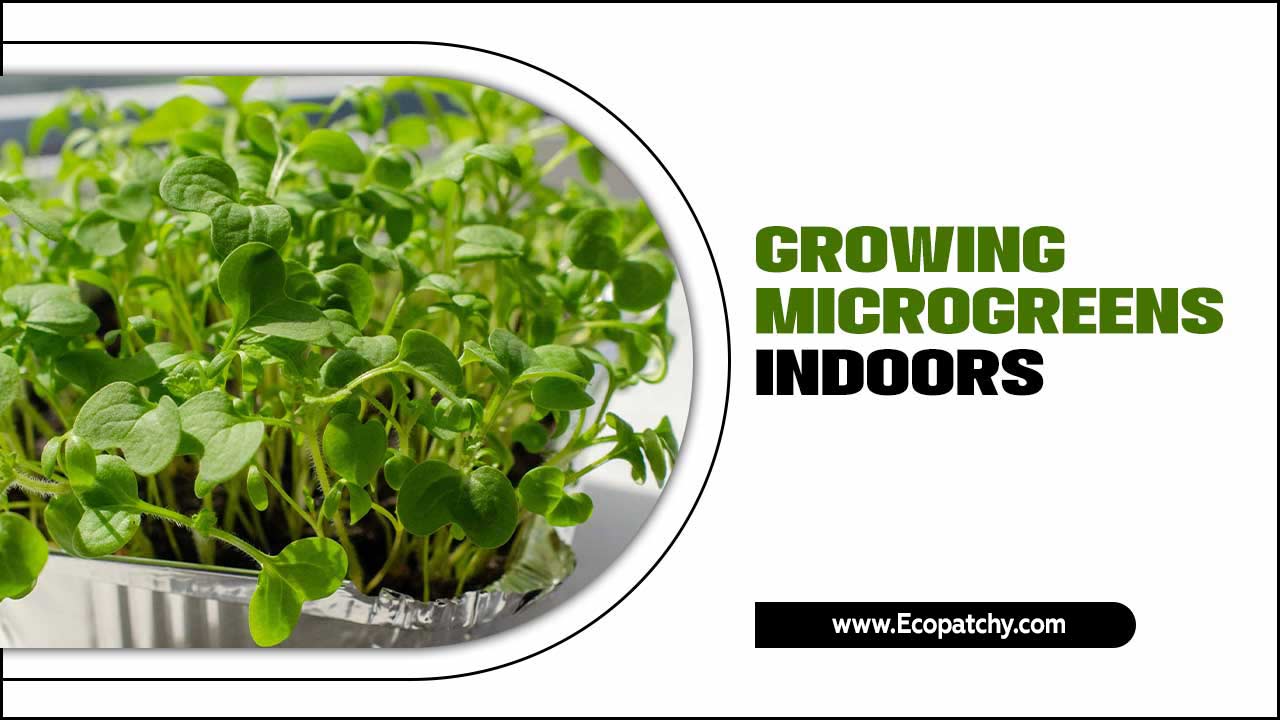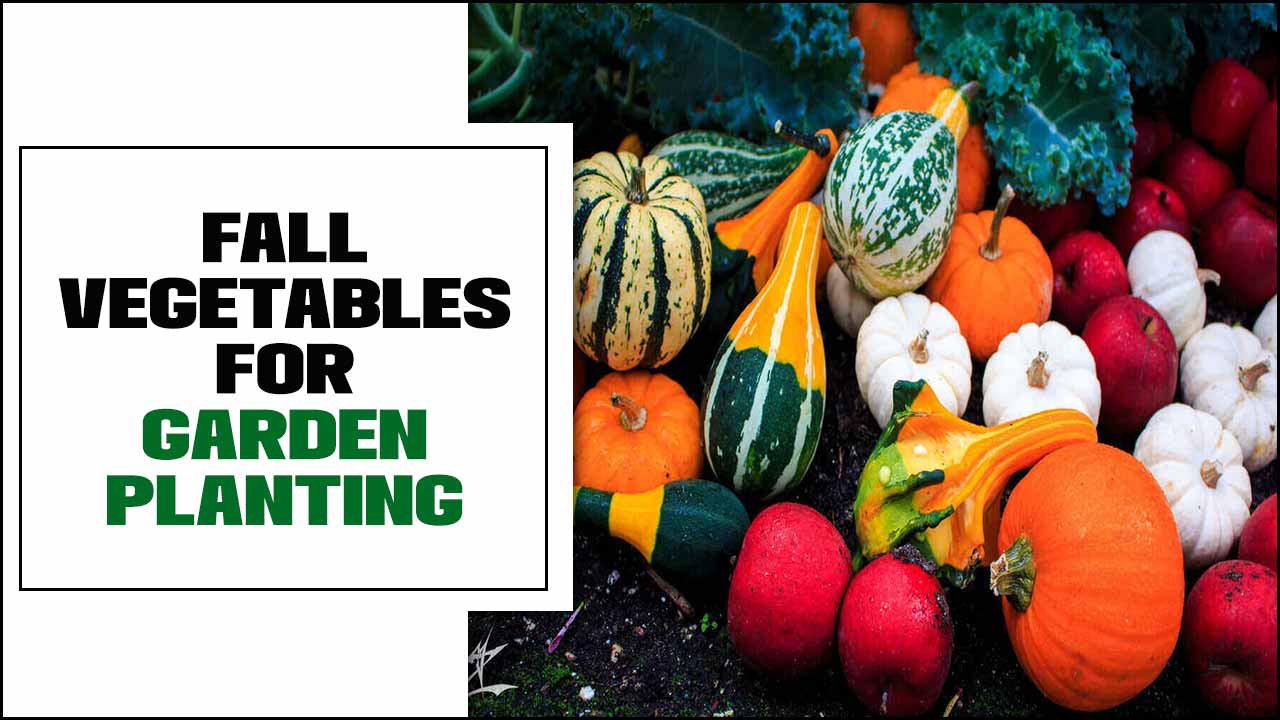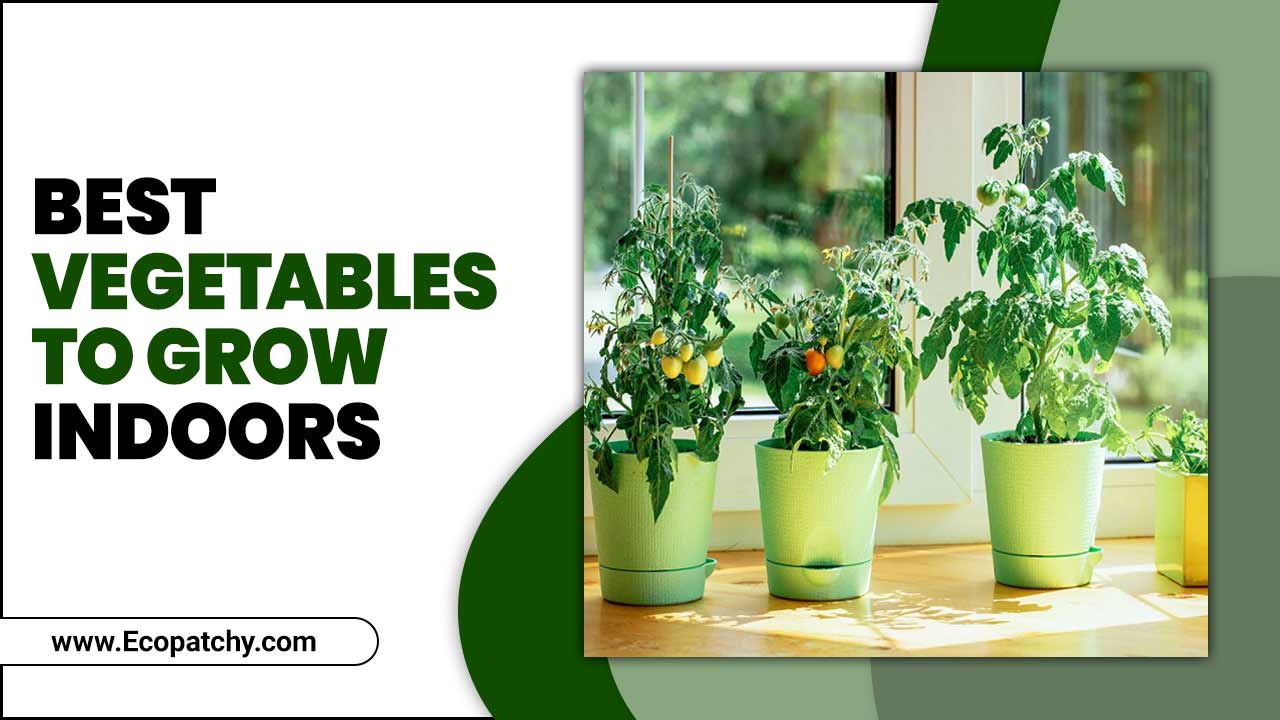Growing your vegetables can be a rewarding and satisfying experience, not to mention a great way to incorporate fresh, healthy produce into your diet.
However, starting a vegetable garden can seem daunting for those new to gardening. The good news is plenty of easy vegetables perfect for beginners to grow. With the right knowledge and a bit of effort, even those with limited gardening experience can enjoy a thriving vegetable garden.
In this article, we will explore easy vegetables to grow for beginners. From leafy greens to root vegetables, we will discuss the best plants for novice gardeners and provide tips and tricks for maximizing your success.
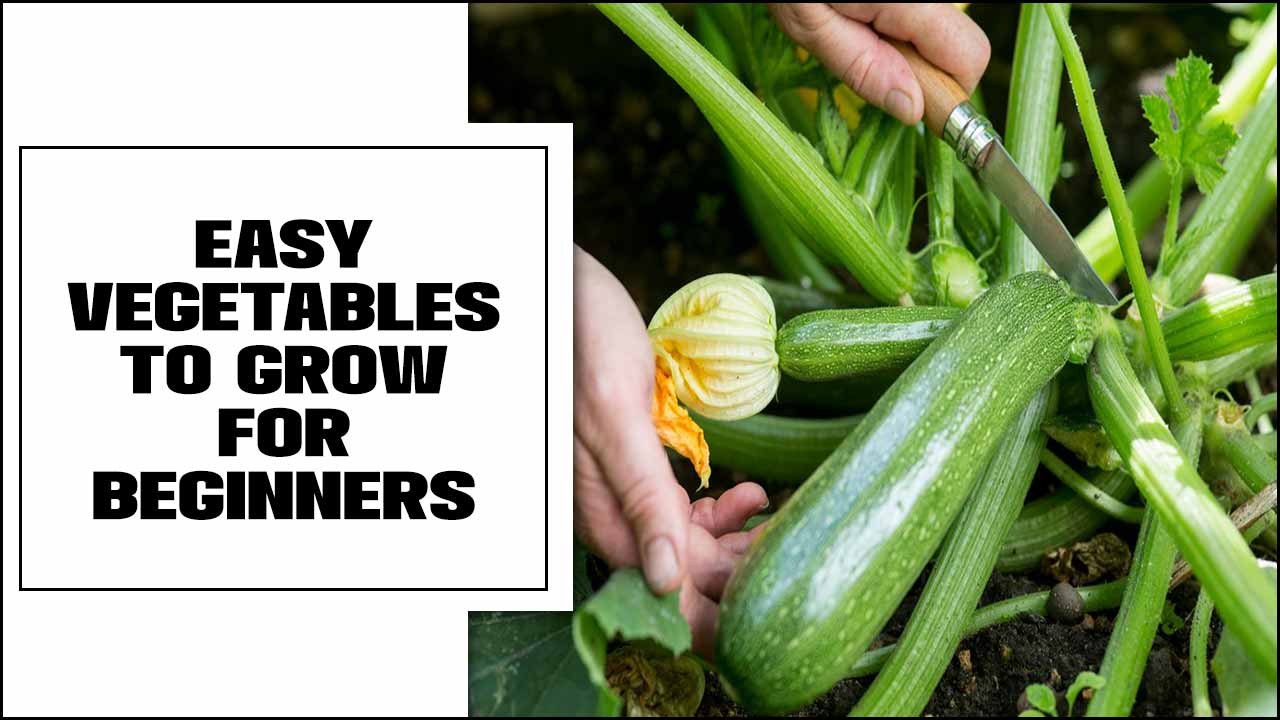
Should I Grow Vegetables From Seed Or Transplants?
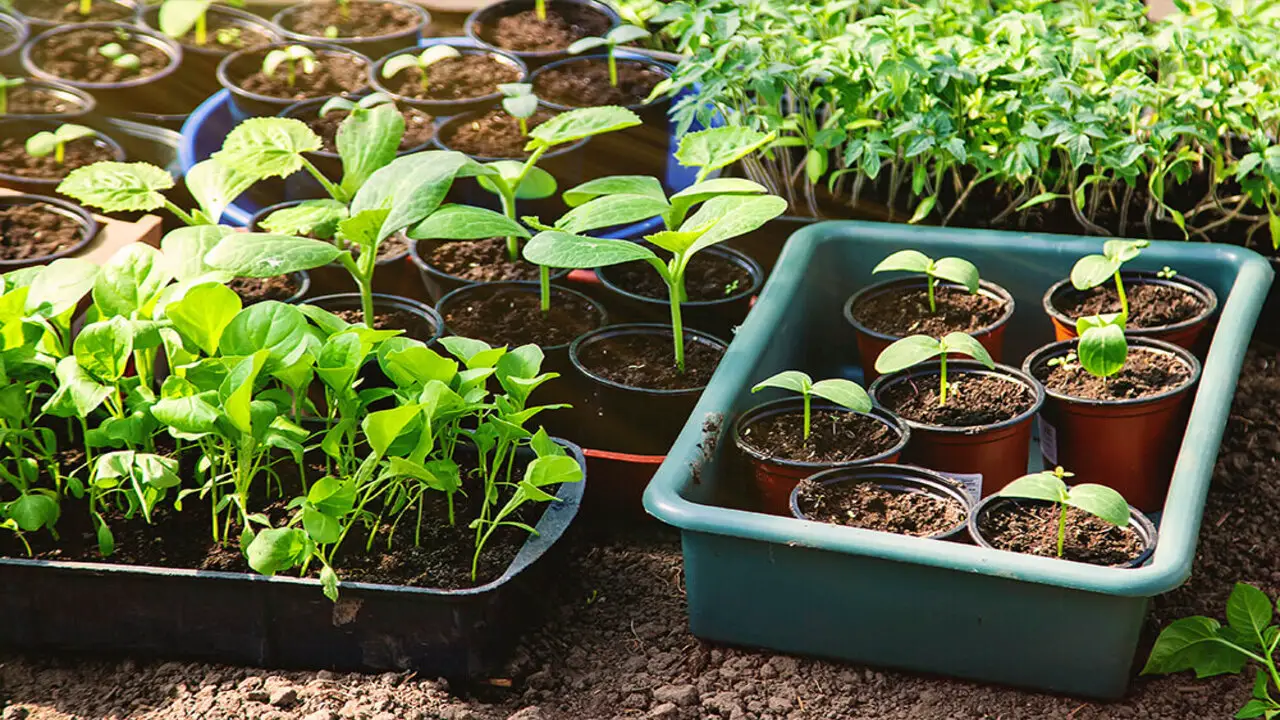
Several factors need to be considered when deciding whether to grow vegetables from seed or transplants. Both methods have advantages and disadvantages, and the choice ultimately depends on the specific circumstances and preferences of the gardener.
Growing vegetables from seed offers a wider variety of options, as countless varieties and heirloom options are available. It also allows for more control over the growing process, from selecting the seeds to nurturing the seedlings.
Starting from seed is also more cost-effective, as seeds are generally less expensive than transplants. However, it does require more time and effort, as seeds need to be sown and cared for until they reach a suitable size for transplanting.
11 Easy Vegetables To Grow For Beginners
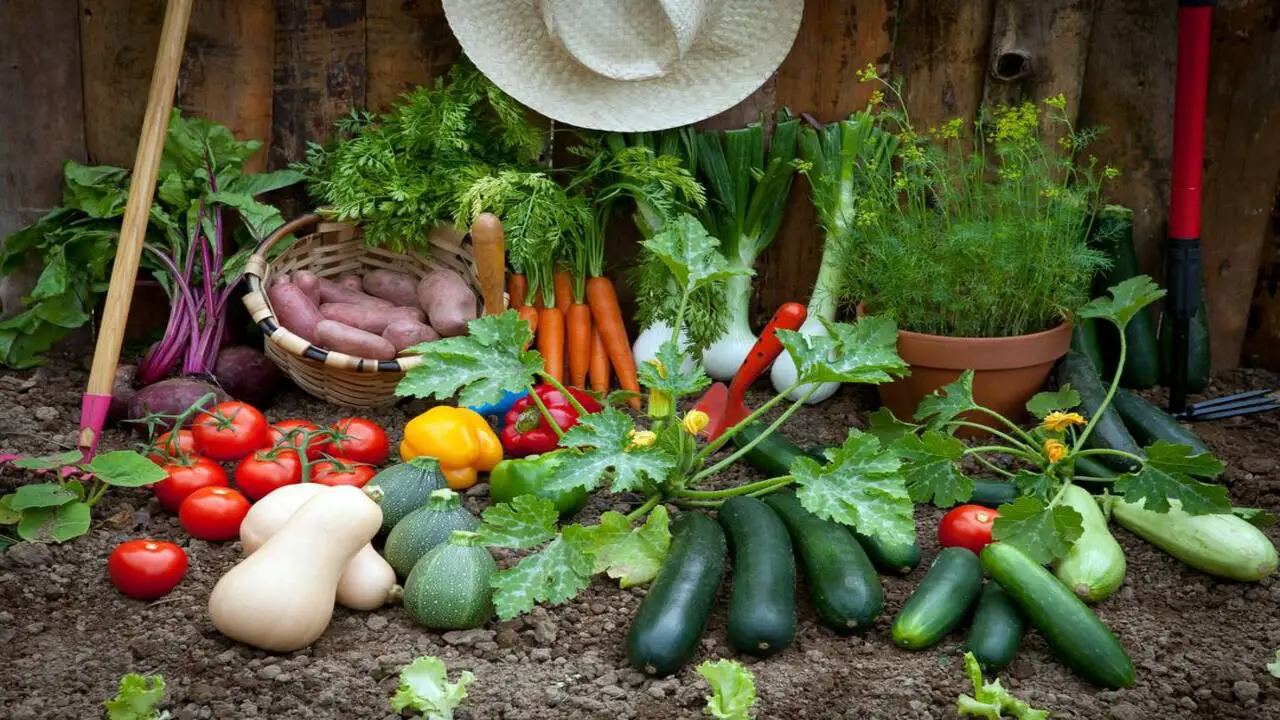
Understanding the easy vegetables to grow for beginners is crucial for individuals venturing into gardening or seeking to develop their green thumbs. Knowing which vegetables suit beginners can make the gardening experience more enjoyable, successful, and rewarding.
Cultivating easy-to-grow vegetables allows beginners to build confidence and gain valuable experience in gardening. Vegetables such as tomatoes, lettuce, radishes, and zucchini are excellent for beginners due to their adaptability and tolerance to various growing conditions.
As beginners witness the growth and progress of these vegetables, they become motivated to explore the world of gardening further and expand their repertoire of plants.
1.Lettuce
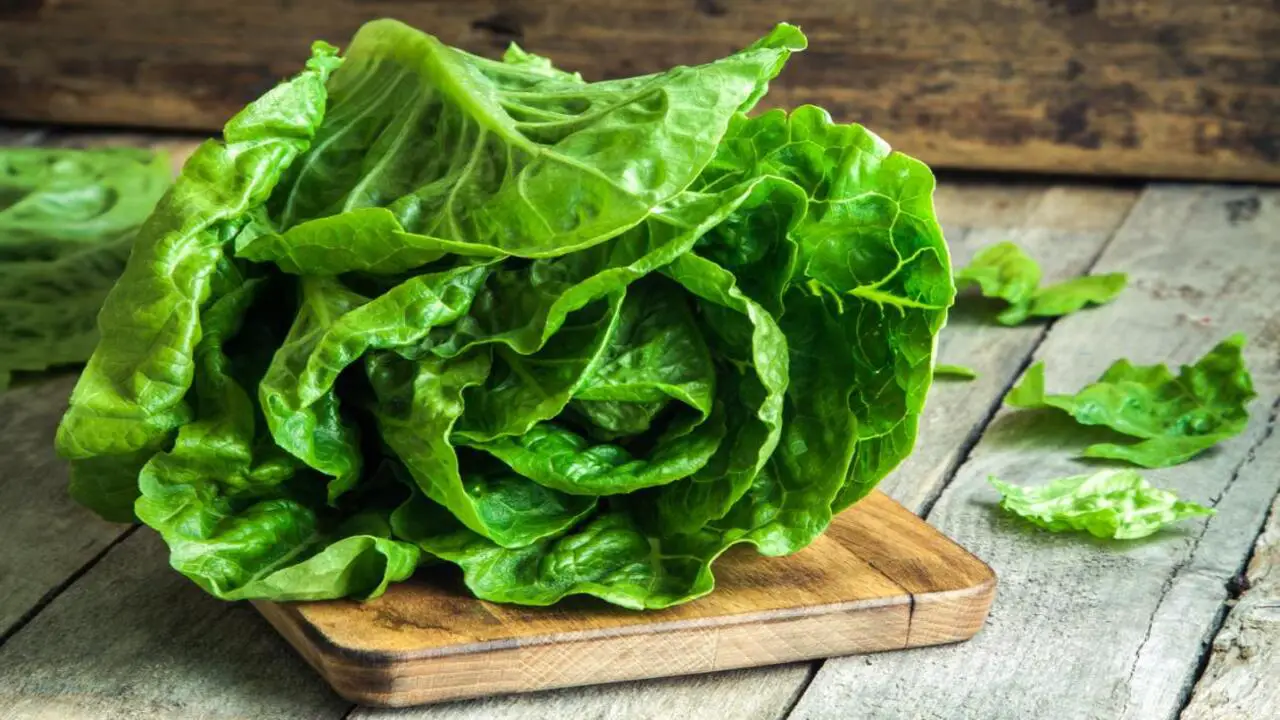
Lettuce is one of the easiest vegetables to grow, making it an ideal choice for beginners looking to embark on their gardening journey. With its versatility and nutritional benefits, lettuce is a staple in many households and a popular choice for those seeking to add a touch of green to their plates.
- Choose a suitable location for planting lettuce, ensuring it receives at least 6 hours of sunlight daily.
- Prepare the soil by removing any weeds, rocks, or debris and loosening it to a depth of 68 inches.
- Incorporate organic matter, such as compost or wellrotted manure, into the soil to improve its fertility and drainage.
- Sow lettuce seeds directly into the prepared soil, spacing them about 68 inches apart.
- Cover the seeds lightly with a thin soil layer and gently pat them to ensure good seed-to-soil contact.
- Water the soil thoroughly after planting to ensure proper moisture levels.
- Keep the soil consistently moist throughout the growing season, but avoid overwatering, as it can lead to rot or disease.
- Apply a layer of organic mulch, such as straw or shredded leaves, around the lettuce plants to conserve moisture, suppress weeds, and regulate soil temperature.
2.Green Beans

Green beans are an excellent choice for beginners growing their vegetables. They are easy to cultivate, provide a bountiful harvest, and are incredibly versatile in the kitchen. Whether you have a large garden or just a small space on your balcony, green beans can thrive and add a touch of freshness to your meals.
One of the reasons why green beans are ideal for beginners is their resilience and adaptability. They can withstand a variety of weather conditions and require minimal maintenance.
- Choose a suitable location for planting green beans, preferably with full sun exposure.
- Prepare the soil by removing weeds and loosening it with a garden fork or tiller.
- Create rows or mounds with a spacing of about 1824 inches apart.
- Sow the green bean seeds about 12 inches deep and 24 inches apart within the rows or mounds.
- Water the seeds immediately after planting to ensure good soil moisture.
- Keep the soil consistently moist, but avoid overwatering to prevent root rot.
- When the seedlings emerge, thin them out, leaving the strongest plants at the recommended spacing.
- As they grow, support the green bean plants, such as trellises, stakes, or cages.
- Apply a layer of mulch around the base of the plants to help retain moisture and suppress weeds.
- Regularly monitor for pests and diseases, and take appropriate action if necessary.
3.Peas
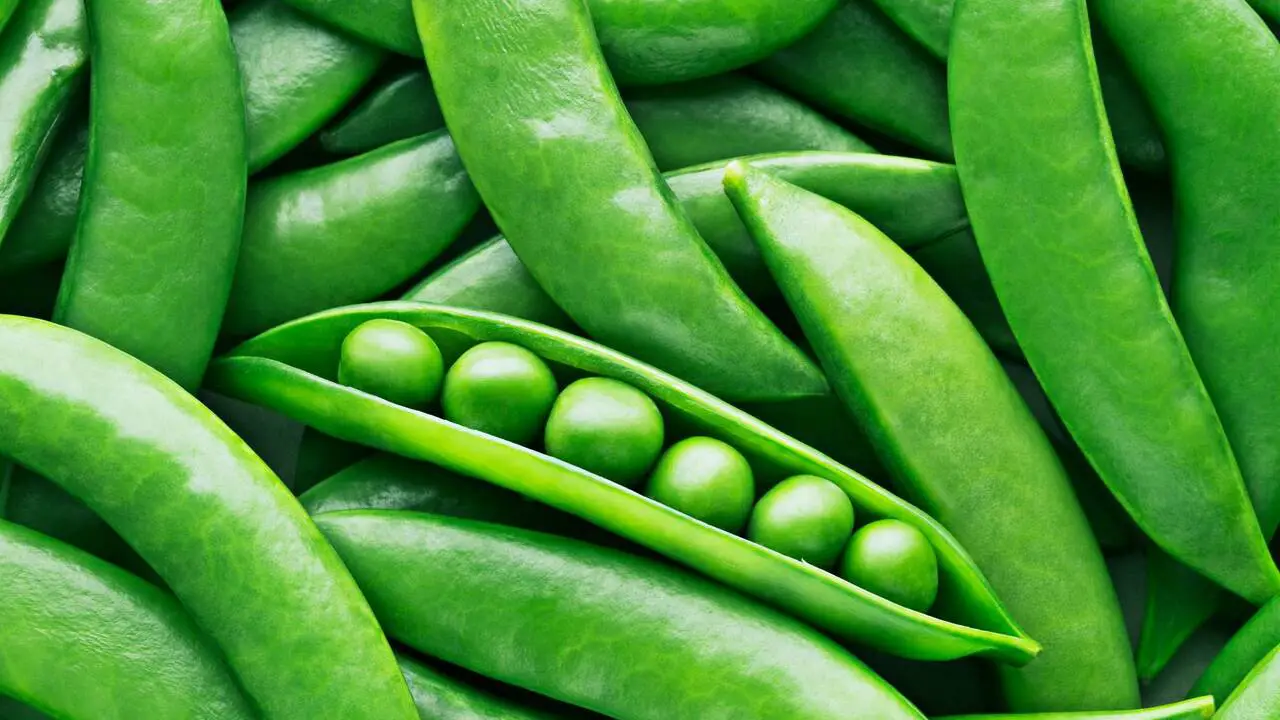
Peas are undeniably one of the easiest vegetables to grow, making them an ideal choice for beginners venturing into gardening. Also, peas offer a rewarding gardening experience for novices and seasoned gardeners alike, with low maintenance requirements and high adaptability.
These versatile legumes thrive in various climates, making them accessible to many growers. One of the key benefits of growing peas is their fast germination and growth rate. The process can take as little as 60 days, from sowing the seeds to harvesting the pods. Peas are also resilient plants that require minimal care. They tolerate cool temperatures and withstand light frosts, allowing for an extended growing season.
- Choose a sunny location in your garden with welldraining soil.
- Prepare the soil by removing any weeds and breaking up any clumps.
- Dig a trench that is about 2 inches deep and 3 inches wide.
- Space the seeds about 2 inches apart within the trench.
- Cover the seeds with soil and gently pat it down.
- Water the seeds thoroughly, making sure the soil is evenly moist.
- As the plants grow, provide support like trellises or stakes to help them climb.
- Water the plants regularly, keeping the soil consistently moist but not waterlogged.
- Mulch around the plants to help retain moisture and suppress weed growth.
- Monitor for pests and diseases, and take appropriate measures to control them.
- Harvest the peas when the pods are plump and bright green, usually around 6070 days after planting.
- Enjoy your fresh and tasty homegrown peas!
4.Radishes
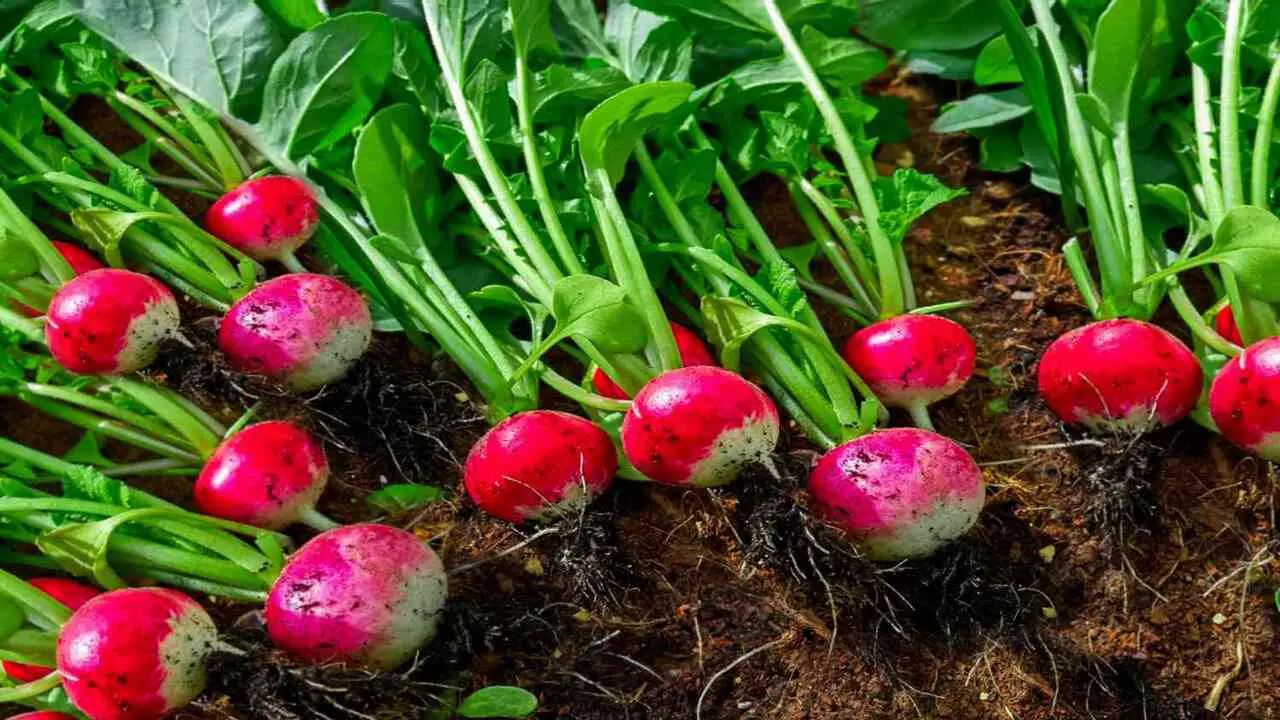
Radishes are excellent for beginners who want to dip their toes into vegetable gardening. These vibrant and versatile root vegetables are easy to grow and provide a rewarding experience for those new to gardening.
With their quick germination time and minimal care requirements, radishes are a perfect starting point for aspiring gardeners. One of the key advantages of growing radishes is their fast growth cycle. Within weeks, you can enjoy the fruits of your labor as these vegetables are ready for harvest in as little as 30 days.
- Choose A Suitable Location: Select a site with welldrained soil and at least 6 hours of direct sunlight daily.
- Prepare The Soil: Clear the area of any weeds or debris. Loosen the soil to a depth of 68 inches and mix in organic matter, such as compost, to improve drainage and fertility.
- Sow The Seeds: Radishes can be directly sown in the ground. Plant the seeds about 1/2 inch deep and 1 inch apart in rows spaced 12 inches apart.
- Water Regularly: Keep the soil moist during germination and growing season. Avoid overwatering, as it can cause the roots to become woody.
- Thin The Seedlings: Once they have emerged, thin them to allow sufficient space for root development. Radishes typically require about 23 inches of spacing between plants.
5.Carrots

Carrots are one of the easiest vegetables to grow, making them an ideal choice for beginners in gardening. With their vibrant orange hue and crisp, sweet flavor, carrots add a burst of color to your plate and provide a rich source of essential nutrients.
Whether you have a spacious backyard or a small balcony, growing carrots can be a rewarding and fulfilling experience. One of the reasons why carrots are considered easy vegetables to grow is their adaptability to various climates and soil conditions.
They can be grown in raised beds and containers, making them suitable for urban dwellers with limited space. To start growing carrots, preparing the soil by loosening it and removing any weeds or rocks is important. Sow the carrot seeds directly into the soil, and space them adequately to allow room for growth.
- Choose a sunny location for planting carrots. Ensure the soil is welldrained and loose.
- Prepare the soil by removing any weeds and breaking up clumps. Add compost or organic matter to improve soil fertility.
- Sow carrot seeds directly into the soil, about 1/4 to 1/2 inch deep. Space the seeds about 2 inches apart.
- Water the seeds gently after planting and ensure the soil remains consistently moist but not waterlogged.
- Thin out the seedlings once they reach about 12 inches in height, leaving about 23 inches of space between each plant.
- Mulch around the carrot plants to retain moisture, suppress weeds, and regulate soil temperature.
- Regularly water the carrots to keep the soil evenly moist throughout the growing season.
- Monitor for pests such as carrot flies or aphids, and take appropriate measures to control them.
- Harvest the carrots when they reach the desired size. Gently loosen the soil
6.Cucumbers
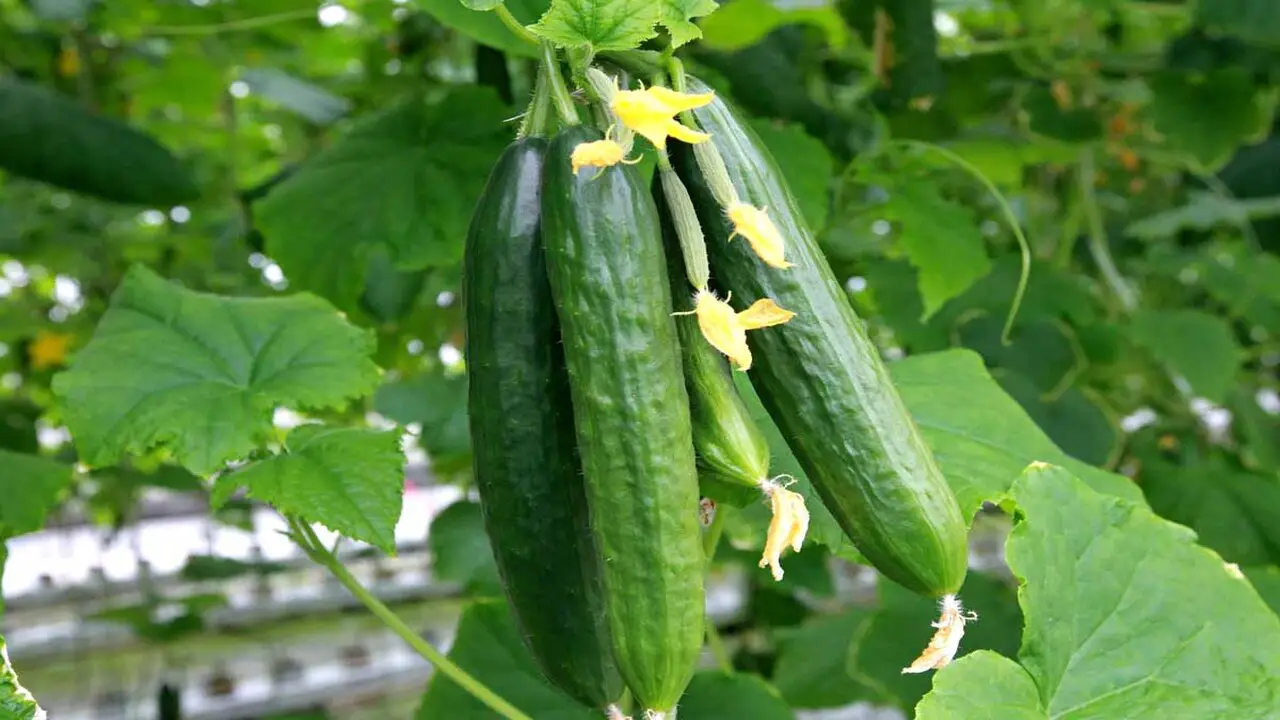
Cucumbers are excellent for beginners looking to start their own vegetable garden. These easy-to-grow vegetables require minimal effort and provide a bountiful harvest. With just a few simple steps, even those with limited gardening experience can successfully cultivate cucumbers. To begin with, selecting the right variety of cucumbers is crucial.
Numerous types are available, from the traditional slicing cucumbers to the more compact bush varieties. Beginners may find it helpful to choose a variety resistant to common diseases and pests, ensuring a higher chance of success.
- Choose A Suitable Location: Find a sunny spot in your garden with welldrained soil.
- Prepare The Soil: Remove any weeds and loosen the soil using a garden fork or tiller.
- Plant The Seeds: Plant cucumber seeds about 1 inch deep and 23 feet apart in rows.
- Provide Support: If you’re growing vining cucumbers, install trellises or stakes to support the plants as they grow.
- Water Regularly: Cucumbers need consistent moisture, so water them deeply at least once a week or more during hot and dry weather.
- Mulch The Soil: Apply a layer of organic mulch around the plants to help retain moisture and suppress weeds.
- Fertilize Appropriately: Use a balanced fertilizer or compost to provide nutrients to the plants once they start growing.
- Control Pests: Monitor for pests like cucumber beetles and apply organic pest control
7.Kale
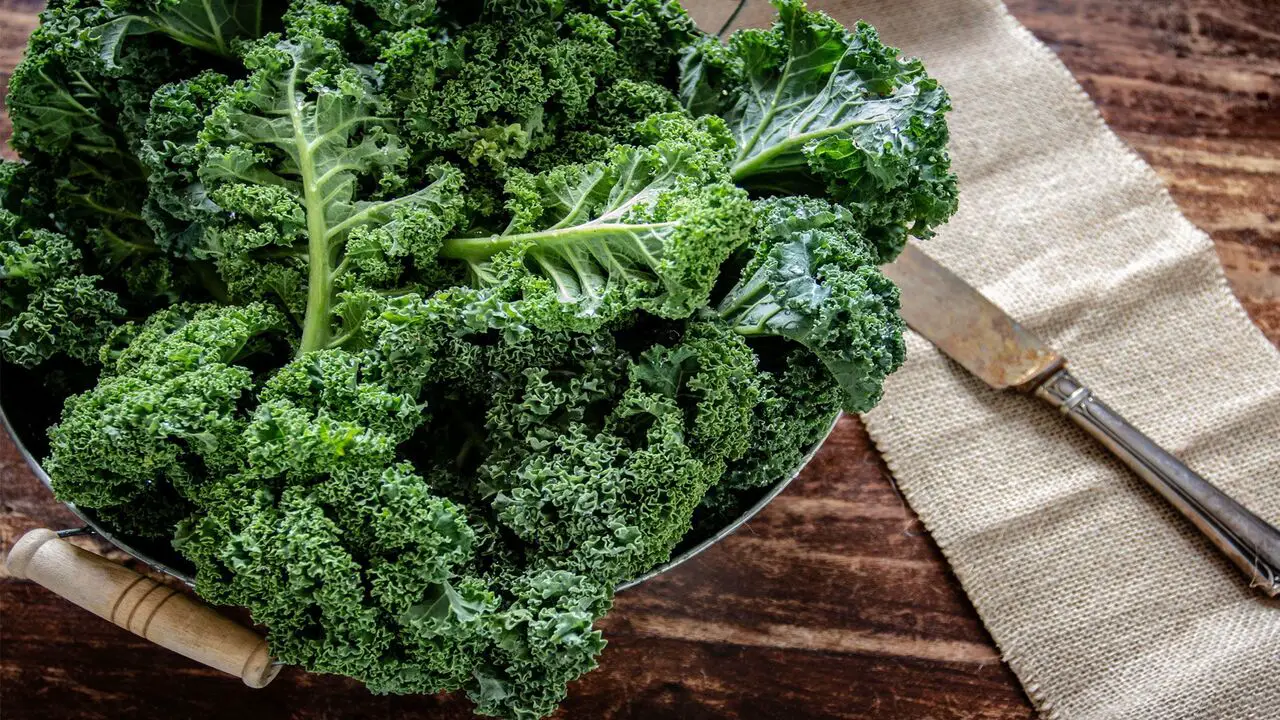
Kale is undoubtedly one of the easiest vegetables to grow for beginners. With its resilience and adaptability, even those with limited gardening experience can successfully cultivate this nutritious leafy green. Known for its hardiness and ability to withstand various weather conditions, kale is a reliable addition to any garden.
- Choose a suitable location for planting kale. It prefers full sun but can tolerate some shade.
- Prepare the soil by removing weeds and rocks and adding compost or organic matter to improve drainage and fertility.
- Sow kale seeds directly into the garden or start them indoors 46 weeks before the last frost date.
- Plant the seeds about half an inch deep and space them 1218 inches apart.
- Keep the soil consistently moist, but avoid overwatering to prevent root rot.
- Thin out the seedlings once they reach a few inches tall, leaving the strongest plants with enough space to grow.
- Mulch around the plants to retain moisture, suppress weeds, and regulate soil temperature.
- Fertilize with a balanced organic fertilizer or compost every four to six weeks.
- Using row covers, organic sprays, or companion planting techniques, protect the kale from pests like aphids, cabbage worms, and slugs.
- Harvest the outer leaves when they reach the desired
8.Swiss Chard
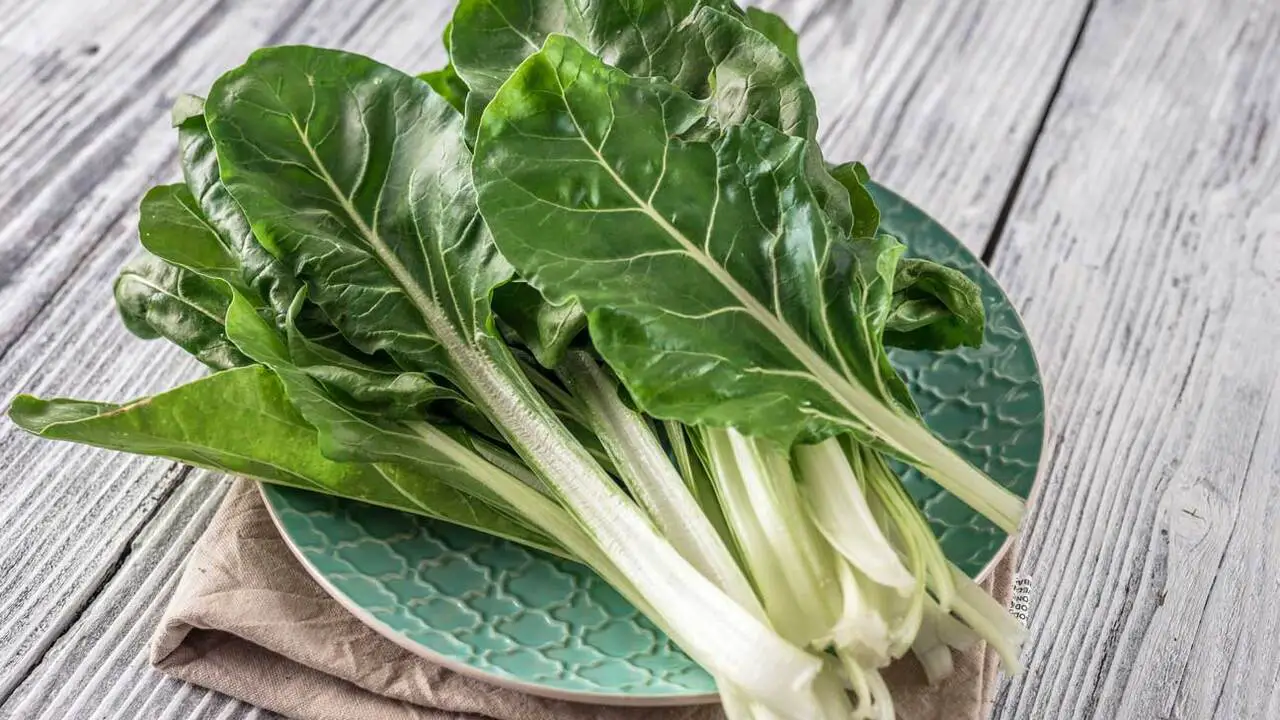
Swiss chard is an excellent choice for beginners growing their vegetables. This leafy green, known for its vibrant colors and mild flavor, is easy to grow and highly nutritious. Swiss chard belongs to the beet family and is packed with vitamins, minerals, and antioxidants, making it a valuable addition to any diet.
One of the reasons why Swiss chard is ideal for beginners is its adaptability to various growing conditions. It can thrive in both full sun and partial shade, making it suitable for gardens of all sizes. Another advantage of growing Swiss chard is its low maintenance requirements. It is a relatively fast-growing plant, with leaves ready for harvest in just a few weeks.
- Choose a suitable location for planting Swiss Chard, preferably in an area with partial sunlight.
- Prepare the soil by removing weeds, rocks, or debris and ensuring it is welldraining.
- Sow the Swiss Chard seeds directly into the soil, about 1 inch deep and 46 inches apart.
- Water the seeds gently to keep the soil moist but not waterlogged.
- Once the seedlings emerge, thin them out to maintain a spacing of 812 inches between plants.
- Continue to water the Swiss Chard regularly, providing about 1 inch per week.
- Mulch around the plants to help retain moisture and suppress weed growth.
- Fertilize the Swiss Chard with a balanced organic fertilizer every 46 weeks.
- Harvest the outer leaves of the Swiss Chard when they reach a desirable size, leaving the inner leaves to continue growing.
- Enjoy your homegrown Swiss Chard in salads, stir-fries,
9.Beets
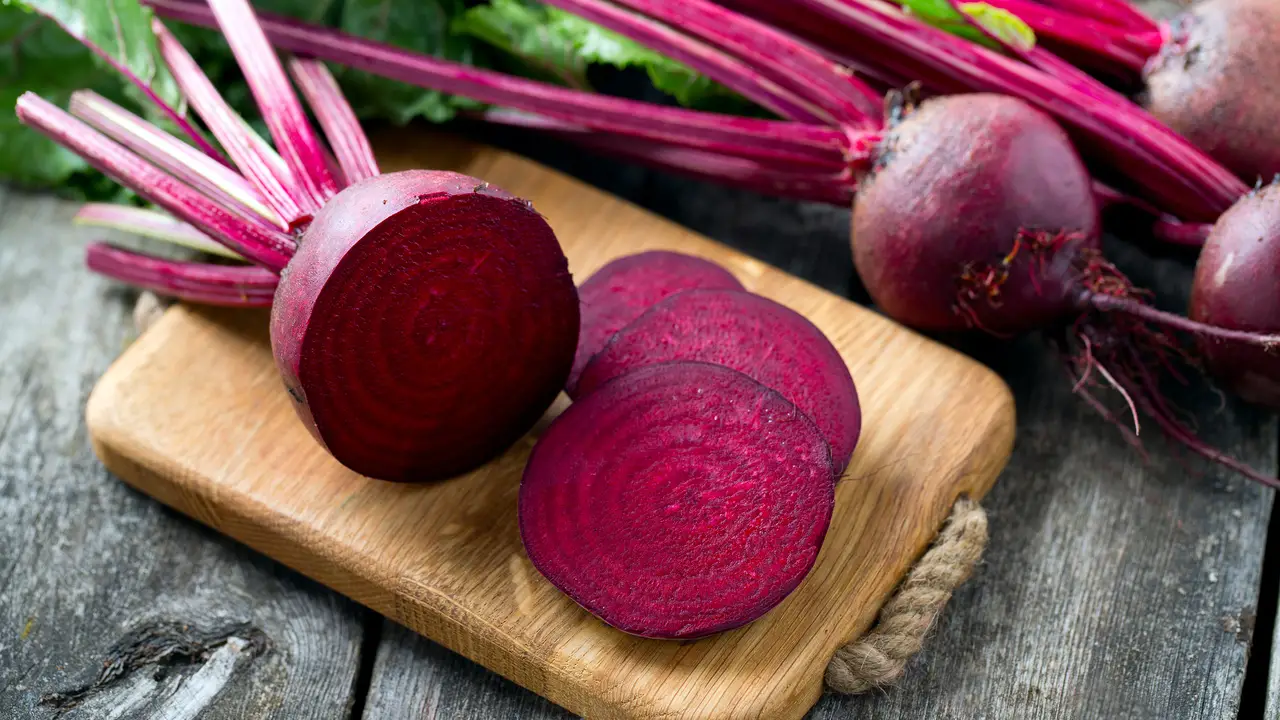
Swiss chard is an excellent choice for beginners looking to grow their vegetables. This leafy green, known for its vibrant colors and mild flavor, is easy to grow and highly nutritious. Swiss chard belongs to the beet family and is packed with vitamins, minerals, and antioxidants, making it a valuable addition to any diet.
One of the reasons why Swiss chard is ideal for beginners is its adaptability to various growing conditions. It can thrive in both full sun and partial shade, making it suitable for gardens of all sizes. Another advantage of growing Swiss chard is its low maintenance requirements. It is a relatively fast-growing plant, with leaves ready for harvest in just a few weeks.
- Choose A Sunny Location: Swiss Chard thrives in full sun, so choose a spot in your garden that receives at least 68 hours of sunlight daily.
- Prepare The Soil: Swiss Chard prefers welldrained soil with a pH level between 6.0 and 7.0. Remove any weeds or rocks from the planting area and amend the soil with organic matter such as compost or aged manure to improve fertility and drainage.
- Sow The Seeds: Swiss Chard can be directly sown in the garden or started indoors and transplanted later. If sowing directly, plant the seeds about 1 inch deep and 23 inches apart. If starting indoors, sow the seeds in trays or pots and transplant them when they have developed a few true leaves.
- Water Regularly: Keep the soil consistently moist, especially during dry periods. Water the plants deeply, providing enough moisture without saturating the soil. Avoid overhead watering to prevent leaf diseases.
10.Summer Squash (Zucchini)
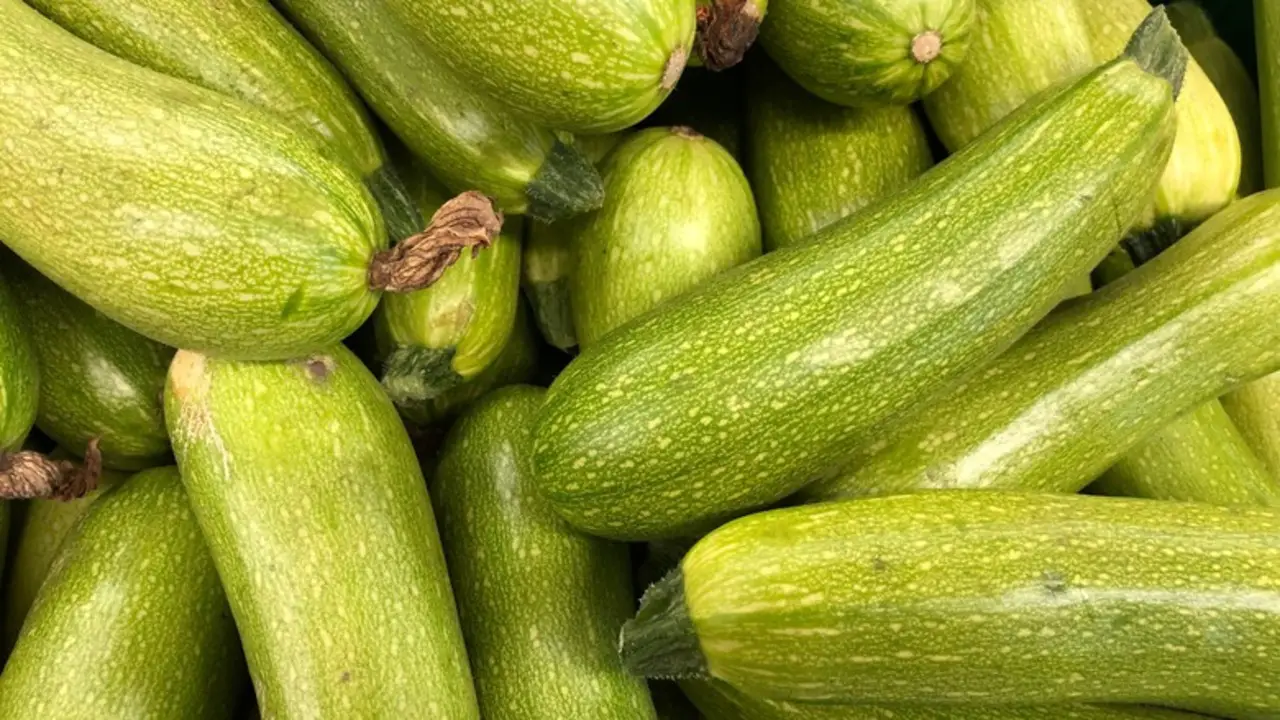
Summer squash, or zucchini, is an excellent choice for beginner gardeners looking to grow their vegetables. This versatile and easy-to-grow plant offers many benefits and can be a delightful addition to any backyard garden. One of the main advantages of growing summer squash is its simplicity.
It requires minimal maintenance and can thrive in various climates, making it an ideal choice for beginners who may not have extensive gardening experience.
- Choose a sunny location in your garden with welldraining soil.
- Prepare the soil by loosening it and removing any weeds or debris.
- Sow the seeds directly into the ground, planting them about 1 inch deep and 23 feet apart.
- Water the seeds thoroughly after planting to ensure good moisture penetration.
- Maintain consistent soil moisture by watering regularly, especially during dry spells.
- Apply a layer of organic mulch around the plants to help retain moisture and suppress weed growth.
- Fertilize the plants with a balanced fertilizer once they start producing flowers.
- Monitor for pests such as aphids, squash bugs, and cucumber beetles, and take appropriate measures to control them.
- Harvest the zucchinis when they reach the desired size, typically around 68 inches in length.
- Regularly harvest the zucchinis to encourage continuous production throughout the summer.
11.Tomatoes
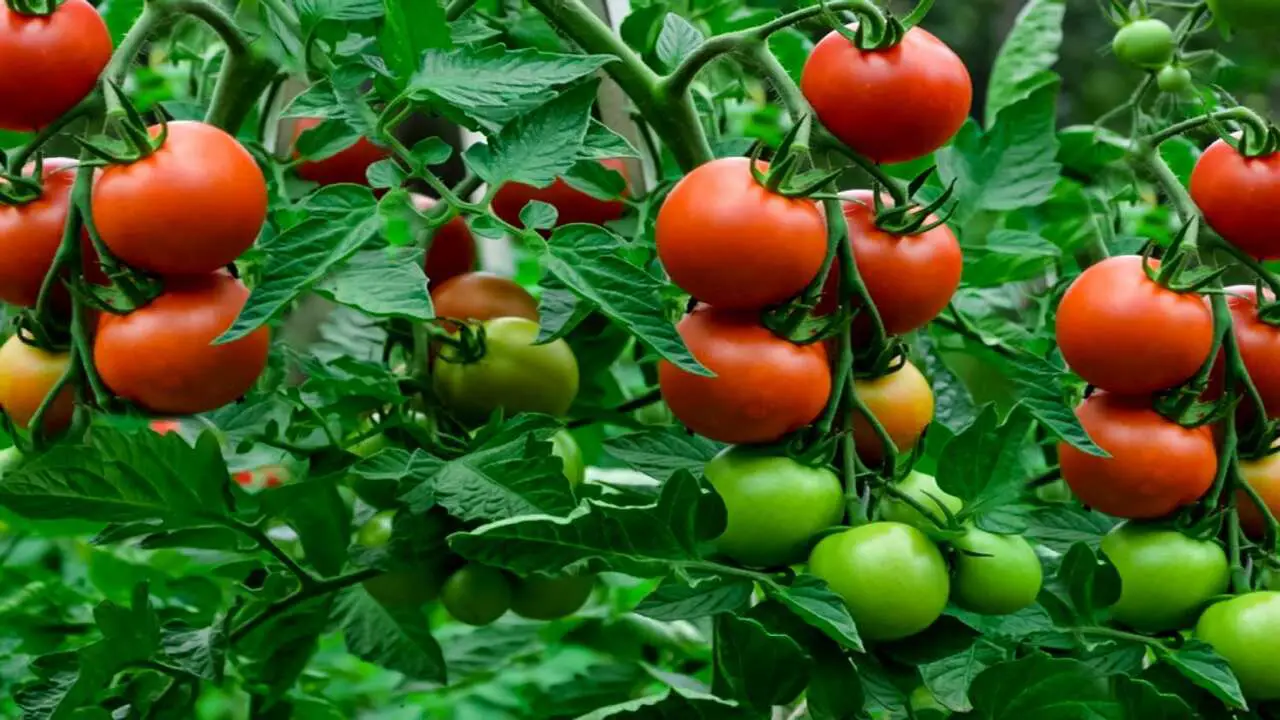
Tomatoes are considered one of the easiest vegetables to grow, especially for beginners. With their versatility in culinary applications and abundant health benefits, it’s no wonder many aspiring gardeners start their gardening journey with these vibrant fruits.
Tomatoes flourish in various climates, making them adaptable to regions and gardening conditions. Whether you have a spacious backyard or limited space on a balcony or patio, growing tomatoes can be a rewarding experience. Another reason why tomatoes are ideal for beginners is their relatively low maintenance requirements. They are resilient plants that can tolerate minor neglect and bounce back quickly.
- Choose a suitable location for planting tomatoes, preferably with full sun exposure.
- Prepare the soil by removing any weeds, rocks, and debris. Loosen the soil using a garden fork or tiller.
- Add organic matter such as compost or wellrotted manure to improve soil fertility and drainage.
- Dig a hole deep enough to accommodate the tomato seedling or transplant, leaving a spacing of about 23 feet between each plant.
- Gently remove the tomato seedling from its container, carefully not damaging the roots.
- Place the tomato seedling into the hole, ensuring the root ball is leveled with or slightly below the soil surface.
- Backfill the hole with soil, gently firming it around the base of the plant.
- Water the newly planted tomato thoroughly, ensuring the soil is evenly moist.
- Install stakes or cages near each tomato plant to provide support as they grow.
- Mulch around the base of the tomato
Conclusion:
Growing your vegetables can be a rewarding and fulfilling experience, especially for beginners. Not only does it provide a sense of accomplishment and satisfaction, but it also allows for consuming fresh and healthy produce without relying on store-bought options.
Starting a vegetable garden may seem daunting for beginners, but with the right knowledge and tools, it is an achievable and rewarding experience. With the right knowledge and tools, anyone can grow their vegetables home.
And with these easy-to-grow options, even those with limited gardening experience can enjoy the satisfaction of harvesting their fresh produce. If you read the above outline properly, we hope you understand easy vegetables to grow for beginners.
FAQ:
1.What Are Some Easy Vegetables To Grow For Beginners?
Ans: Some easy vegetables for beginners to grow are tomatoes, lettuce, and radishes. These plants are relatively low-maintenance and can be grown in small spaces like containers or raised beds.
2.How Long Does It Take For These Vegetables To Grow?
Ans: The growing time for these vegetables can vary, but tomatoes generally take 60-80 days, lettuce takes 30-45 days, radishes take 20-30 days, and green beans take 50-60 days.
3.Do These Vegetables Require Special Care Or Maintenance?
Ans: These vegetables are relatively low-maintenance. However, they require regular watering, sunlight, and occasional fertilization to ensure healthy growth.
4.Can These Vegetables Be Grown In Containers Or Small Spaces?
Ans: These vegetables can be grown in containers or small spaces, making them ideal for beginners with limited gardening space. Just make sure the containers have proper drainage and adequate sunlight.
5.How Much Time And Effort Do These Vegetables Require?
Ans: These vegetables require minimal time and effort. With proper watering, sunlight, and occasional fertilization, beginners can enjoy a successful harvest in weeks or months, depending on the vegetable.

